Spatial thinking: characteristics and features of development
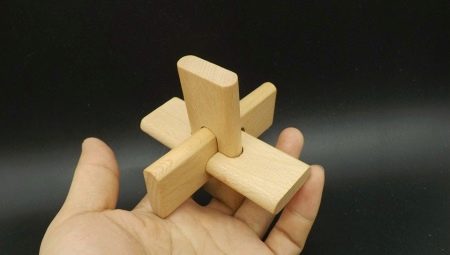
A normal person usually has a correct orientation in the terrain. In this he is helped by spatial thinking. Without this point, our consciousness will be considered inferior. Strongly developed spatial thinking makes it possible to easily solve complex geometric problems. Three-dimensional thinking is necessary for people who have chosen professions such as engineer or architect.
What it is?
A certain mental activity that helps a person to create spatial images is called spatial thinking.
In simple terms, people who can easily navigate the terrain and not use various maps have developed visual-spatial thinking.
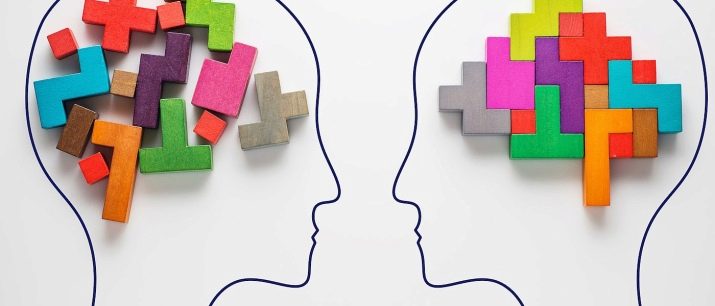
You need to know that spatial intelligence depends on the abilities, which are given below:
- if you know how to build spatial images in consciousness, then this is spatial intelligence;
- if you can mentally rearrange images, then you have developed spatial thinking.
In the mind of a person with the above qualities, the whole area is seen in volume, that is, such an individual can embody in his mind the scheme of the place that is of interest to him. For example, guides who can easily move around hard-to-reach places must have these skills.
Spatial thinking is a kind of figurative thinking.
Spatial thinking is graphically based, so visual imagery plays an important role here.
When there is a transition from one visual image to another, one whole image system arises.
If an individual can think in this system, he is endowed with a special gift that allows him to navigate in many life situations. It should be borne in mind that spatial thinking is formed much earlier than figurative thinking. Although it is believed that these concepts are inseparable and can replace each other.

When creating a spatial image, the basis of visualization undergoes transformation. When an image is operated on, the already created image is capable of being modified. This means that the transformation of images is inherent in various stages of ontogenesis.
Sensory-motor imaging develops throughout the life of the individual. This process begins when real objects are deposited in the child's memory. This is how the child gets an idea of the world. Later, in adolescence and adolescence, this direction is replaced by the world of concepts.
In psychology, it is customary to pay special attention to the growth of figurative thinking. The development of spatial skills in children is almost the main direction in pedagogy.
Thanks to the correct work of specialists kids quickly develop spatial thinking, and with it, they develop abilities in mathematics and in the humanities.
No wonder neurophysiologists, after research, proved that in early childhood, specific areas of the brain develop rapidly. That child who got training according to a special program, is able to maintain its developed abilities for a long time and even preserve them for life.

Diagnostics
To begin with, you can yourself diagnose the presence of figurative thinking. To do this, you can conduct self-observation. To do this, you need to apply some introspection on the following points.
- Stand in a room with a large mirror. Try to look into it and figure out the mirror image of indoor objects.
- Try to imagine an empty room, and then arrange objects in it, which you are going to put there. Then mentally rotate the room 90 degrees. In this case, all things should remain in the places where you installed them the first time.
- And here's another assignment. Answer yourself to the question: "Can you load the car trunk to the maximum?"
- Many often go on vacation to unfamiliar places. Try to imagine one of these places and mentally transfer the location of objects to the map.
- If you drive a car, you must know if you know how to park correctly, namely, calculate the dimensions of the place where you are going to put your car.
- The easiest method for everyone. Look at the painting, then close your eyes and try to describe what is depicted on it. And then turn this image the other way (you can flip it up and down). At the same time, all elements of the picture must remain in place.
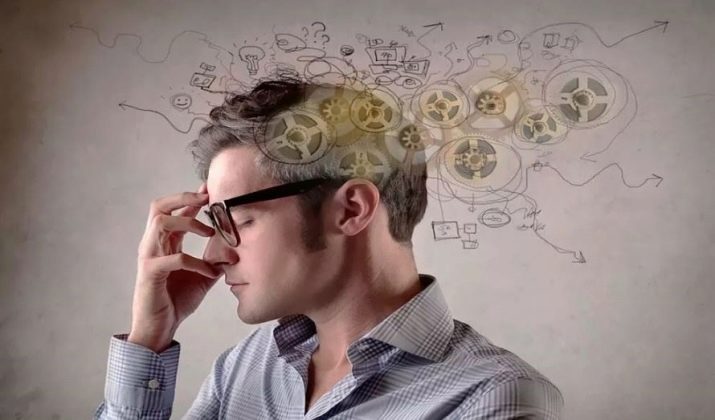
After completing the above tasks, you can say that whether your imaginative thinking is developed or not. And one more interesting fact.
Women are better able to navigate in a small space, and men are distinguished by their abilities in spatial thinking. Therefore, it is believed that men are better oriented in open areas, and women can easily find any thing in a small room.
Next, check yourself again for orientation in space. To do this, also answer yourself some questions.
- Can you quickly define a coordinate system?
- Can you roughly determine the distance that you travel from one point to another? For example, how far do you travel when walking from home to work?
- Can you determine the latitude and longitude?
- How do you navigate in 2D or 3D?
- How do you use different geographic symbols, images, and points, lines and arrows in practice?
Also, know that space is this is the mutual arrangement of objects that are in some relation to each other... Therefore, try to correlate the familiar crossroads that are constantly encountered on your way. And also answer the question: "Which neighboring region is on your right and which is on your left?"

An adult can test himself on his own, but it is difficult for a child to cope with such a task. That's why test the preschooler at the earliest opportunity using the methods presented below.
- You can choose any animal, for example a dog. Give the child the task to mentally hide it in a box or container. Items can be of different sizes, for example, a glass, refrigerator, booth. Ask a leading question: "Is it possible to hide a large dog in a glass?" The answer must be negative. If the answer is yes, then do some more experiments. After that, you will find out how well-developed your baby's figurative thinking is.
- As you play in the playground, ask your child to remember the location of nearby objects. Then turn it the other way and start asking questions: "Which side are the house, bench, slide, swing, etc. on?"
- You can also hide toys in an opaque bag. and ask the child to feel and name the hidden objects.
Reasons for violations
The problems associated with spatial thinking can be different. Everybody is here depends both on the person himself and on the quality of his life, as well as from various diseases.
Even specialists cannot come to a common decision about the causes of this defect.

Therefore, we will consider the most visible and common reasons.
- If the temporal areas of the brain are affected, then it is difficult for a person to navigate in the world around him due to disturbances in thinking and memory. These disorders prevent a person from performing their usual tasks due to the fact that the individual initially receives distorted information. Therefore, in principle, he cannot orient himself in space.
- Brain tumors of various types can also contribute to cognitive impairment.
- Various disorders have a very negative effect on spatial thinking.a. They give impetus to the minimization of mental operations. The patient at the cellular level cannot correctly perceive the environment, this applies to both people and objects. Such pathologies are caused by Alzheimer's disease or schizophrenia.
- Various psychoses do not allow a person to focus on information. As a result, he cannot arrange it. His brain does not perceive the surrounding reality realistically. There is a discontinuity of thoughts, and there is no connection between logic and thinking. It turns out that there is no associative connection between objects and situations. The result is a violation of spatial thinking.
- The thinking of a healthy person is designed in such a way that it looks for a way out of this situation, relying on past experience. If thinking is disturbed, then a failure occurs in the entire system of consciousness.
- When a person cannot keep his thoughts under control. He relies only on those events that are of value to him. This means that his figurative thinking is disturbed.
- Inability to abstract from surrounding discomfort can lead to various depressive disorders, as a result of which there is a violation of spatial thinking.
- Various bad habits such as smoking and alcohol, reduce the level of imaginative thinking.
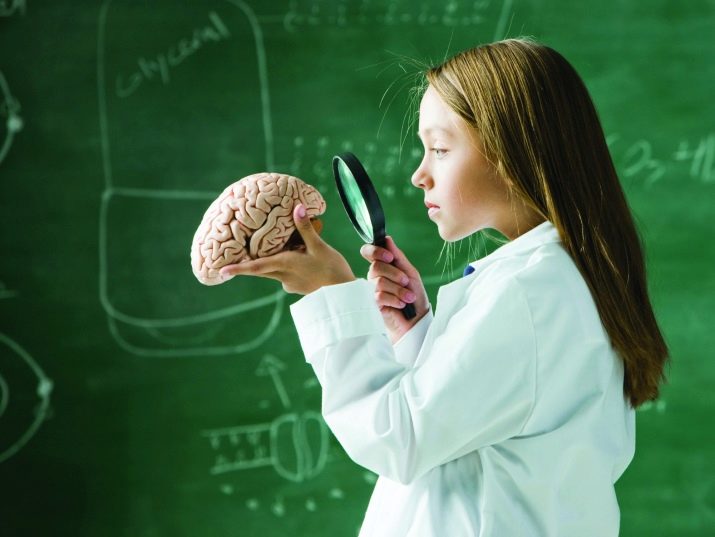
Development methods
It is unambiguously necessary to develop imaginative thinking for both adults and preschoolers. Various techniques developed by specialists will help to improve interhemispheric interaction. Consider exercises, which help to carry out a correction that significantly improves visual thinking both in an adult and in a schoolchild, as well as in a teenager.
Exercises
Training can be carried out regardless of your location. In this case, your brain will act as a simulator.
- When you commute to work and are inside the bus lounge, try picking a travel companion whose image will need to be carefully considered and remembered. Before falling asleep, describe the person in your mind. Try to remember all the details in his clothing and appearance. If he said anything, then also remember these words.
- Place an object in front of you (you can use a bright children's toy). Consider it carefully. Close your eyes and describe the subject in full detail. Open your eyes and compare your image with the original.
- Think about an animal you like. Imagine it in your mind and describe it in your mind. Then think about what benefit or harm this creature brings. If you have chosen a cat, then imagine how she catches mice, flutters near your feet. Imagine as if you are watching a documentary.

Preschool children still perceive some tasks poorly. Therefore, for the formation of imaginative thinking, apply other methods.
- Trying to play reincarnation of images. For example, a child depicts a fox, and after five minutes he must try on the image of a bunny.
- Reading stories must be accompanied by mimic elements, gesticulate and apply a wide variety of emotions.
- You should ask the children to take turns composing different stories or fairy tales. Supplement their stories with more colorful moments.
- You have to draw a lot. Give assignments to younger kindergarteners so that they draw any characters from fairy tales.
- Walking in the street, you can ask the children to associate clouds with some city.a cartoon character or, for example, find an unusual tree and match it with a fictional character.
- Make riddles.
Tasks
The formation of spatial images occurs with the help of interhemispheric interaction. Then you can solve the tasks of the geometric orientation. For example, you can draw objects that consist of lines and various shapes (cube, triangle, etc.).
Handling sticks is also very helpful in developing spatial thinking.
Try to arrange the matches so that you get some kind of animal. Remove a few of them and ask the child to restore the image using the missing sticks.


Solving tests is also an activity that helps develop imaginative thinking. For example, you can apply the following test. Draw a square and divide it into several involuntary pieces. Select one of these parts and redraw it exactly on a separate sheet. Invite your child to find this part inside the triangle.
Also, the development of imaginative thinking will help a test called "Rotation of the cube". Draw a cube and mark one side of it with the letter A. Examine how the image follows. Then try to turn the cube in different directions in your mind. The reference point should be the letter A.
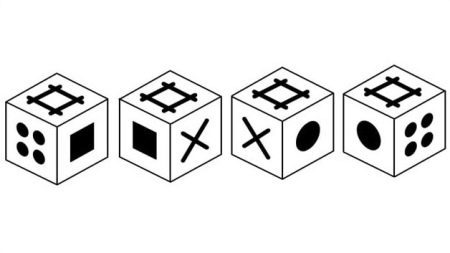
Find the Animals Games
Various games help develop spatial thinking in children. Try playing with shadows. Go outside in sunny weather when the figures of the children begin to cast shadows. Consider each one. Change the location and repeat the exercise. Let the children learn to determine the location of body parts by the location of the shadow.
In addition to this simple technique, there are various constructors for development.
Building parts and blocks significantly develop both the child's motor skills and his imaginative thinking.
Various games can be applied. For example, game "Find the animals". In special pictures, the animals are hidden so that it is impossible to see them at once. Therefore, everyone the participant in the game will have to apply attentiveness and imagination, before you can cope with the task.
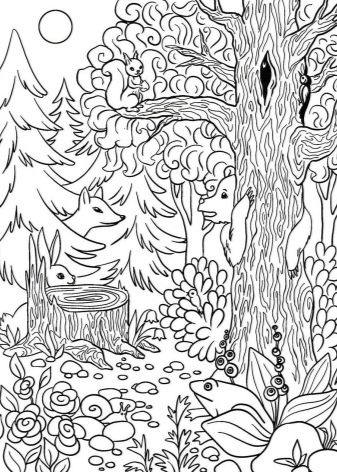
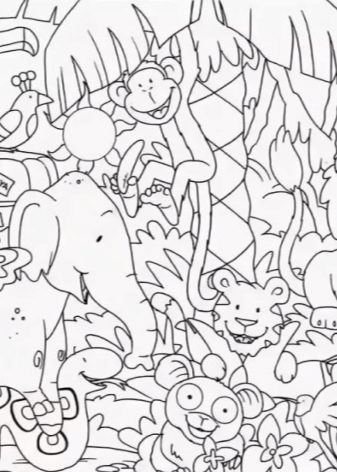
Applications
First of all, this issue should concern those who choose the path of life. The professions associated with imaginative thinking are diverse. One must not be mistaken with the choice.
Some are interested in high technology and various puzzles. Others excel at drawing and enjoy attending exhibitions and theaters. Both those and others have figurative thinking.
That's why you need to know what type of thinking your intellect belongs to. Having learned this, you can easily choose a field of activity that you like and in which you can easily navigate.
There can be many examples.
Artists have a highly developed spatial thinking.
With these abilities, they paint pictures. Recently, such a trend has become fashionable, like 3D design. Without the above qualities, a person will not be able to compose volumetric images. In this case, creative imagination is at the heart of the process.
The ability to operate with spatial images is possessed and mathematics. To represent an object and calculate its parameters, one must learn to move geometric shapes in the mind with extreme precision. Only then can the correct calculations be made.
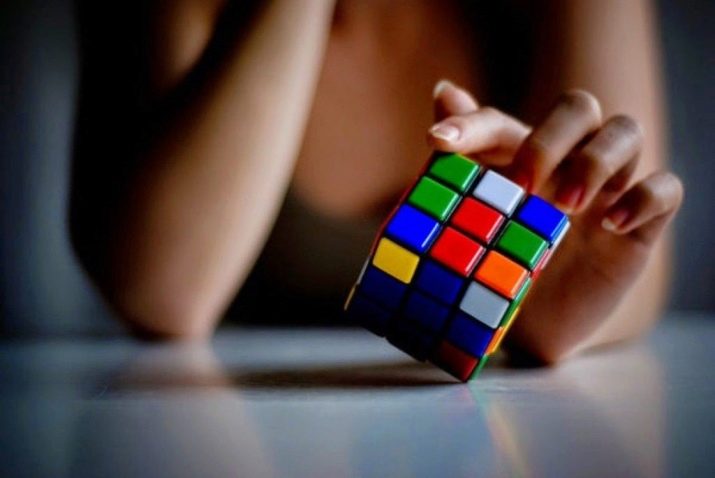
The same can be said for those who is engaged in geophysics. They need to imagine how tectonic plates move. But do not think that imaginative thinking is characteristic only of people who are engaged in the exact sciences. Doctors, namely neurosurgeons, must necessarily know and represent the structure of the brain. Otherwise, they will not be able to orient themselves in all its areas.
This is the only way doctors can save a person's life, because nothing will work without special methods and knowledge. And this knowledge is supported by abilities.
Creative people also need to be imaginative. For example, a writer can never create a story unless he paints a complete picture of what is going on in his head. Only then will he be able to describe the plot and transfer it to paper. For imaginative thinking, fantasy is a must.








